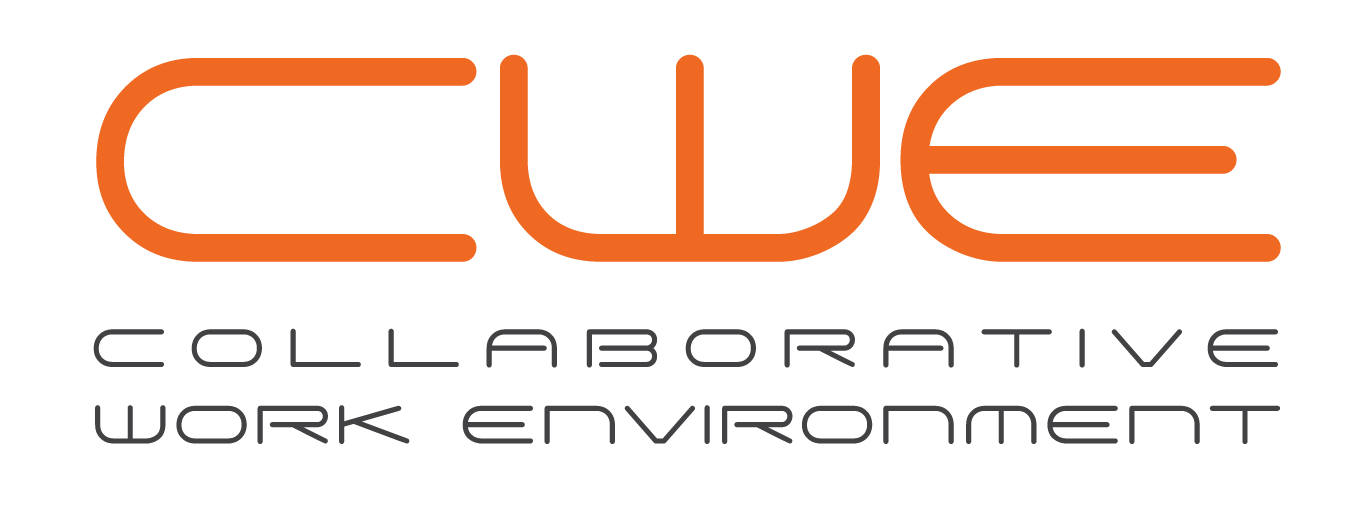Staying competitive often means embracing the latest technological advancements. Gartner anticipates worldwide IT spending will soon reach $4.5 trillion, an increase of 2.4% from 2022. However, convincing your Chief Financial Officer (CFO) to allocate resources for internal technology upgrades can sometimes be a challenging task. This blog post aims to provide you with a comprehensive guide on how to successfully sell your CFO on the idea of upgrading technology internally, ensuring your company remains efficient, productive, and poised for growth.
1. Understand your CFO’s perspective:
Before diving into your proposal, take time to understand your CFO’s priorities and concerns. CFOs are primarily concerned with financial health and risk mitigation. Frame your proposal in terms of potential cost savings, increased efficiency, and reduced operational risks. Highlight how technology upgrades align with the company’s overall financial goals.
2. Align with Business Objectives:
Connect the technology upgrade to your company’s broader strategic goals. Explain how the proposed upgrades will directly contribute to revenue growth, customer satisfaction, or market share expansion. Demonstrate a clear link between technology investments and tangible business outcomes.
3. Build a Solid Business Case:
Gather data and insights that support your proposal. Prepare a thorough business case highlighting the current pain points caused by outdated technology and the potential benefits of the upgrade. Include both quantitative metrics (such as ROI, cost savings, and increased productivity) and qualitative aspects (employee satisfaction, reduced downtime, improved decision-making).
4. Highlight Competitive Advantage:
Research your industry and competitors to identify how outdated technology might be holding your company back. Showcase case studies or success stories of organizations that have gained a competitive edge through technology upgrades. Present a compelling argument that highlights how staying current with technology will help your company outpace rivals.
5. Mitigate Risks:
Address any concerns your CFO may have regarding potential risks associated with technology upgrades. Develop a risk assessment plan that identifies possible challenges and outlines strategies to mitigate them. This could include contingency plans, phased implementation, and training programs to ensure a smooth transition.
6. ROI and Cost-Benefit Analysis:
Demonstrate the return on investment (ROI) that the technology upgrade will bring. Provide a detailed cost-benefit analysis that outlines initial investment costs, ongoing maintenance expenses, and the projected financial gains over a specific time period. Use conservative estimates and realistic projections to build credibility.
7. Vendor Evaluation:
Research and evaluate potential technology vendors to ensure they align with your company’s needs and budget. Present your CFO with options, explaining how each vendor’s solution addresses your company’s unique challenges. Highlight vendor reputation, reliability, and track record.
8. Employee Impact:
Emphasize how the technology upgrade will positively impact your employees. Improved tools and systems can lead to increased job satisfaction, reduced manual tasks, and more meaningful work. A happier and more productive workforce contributes to overall company success.
9. Future Scalability:
Illustrate how the proposed technology upgrades are not just a short-term fix but a long-term investment. Highlight the scalability of the chosen solution and how it can accommodate future growth and changing business needs.
10. Pilot Program or Proof of Concept:
If possible, propose a pilot program or a proof of concept to test the benefits of the technology upgrade on a smaller scale. Present the results as evidence of the positive impact on productivity, efficiency, and cost savings.
11. Effective Communication:
Craft a clear and concise presentation that outlines the benefits of the technology upgrade. Tailor your communication style to your CFO’s preferences—whether they prefer data-driven reports, visual presentations, or interactive discussions.
Conclusion:
Upgrading internal technology is not just about staying current; it’s about enabling your company to thrive in a competitive environment. Selling your CFO on this idea requires a strategic approach that highlights financial gains, competitive advantages, risk mitigation, and employee satisfaction. By crafting a compelling business case and effectively communicating the benefits, you can secure the resources needed to propel your company forward into a more technologically advanced future.
Here is where CWE can help. We offer two value assessment options to meet you at your immediate pain point and budget. In fact, when partnering with CWE the possibilities are endless when it comes to managing the cost and complexities of IT. Use the button below to schedule a quick introductory conversation and see how we can help put together a plan that will allow you to confidently present your project to the financial decision makers.



Comments are closed